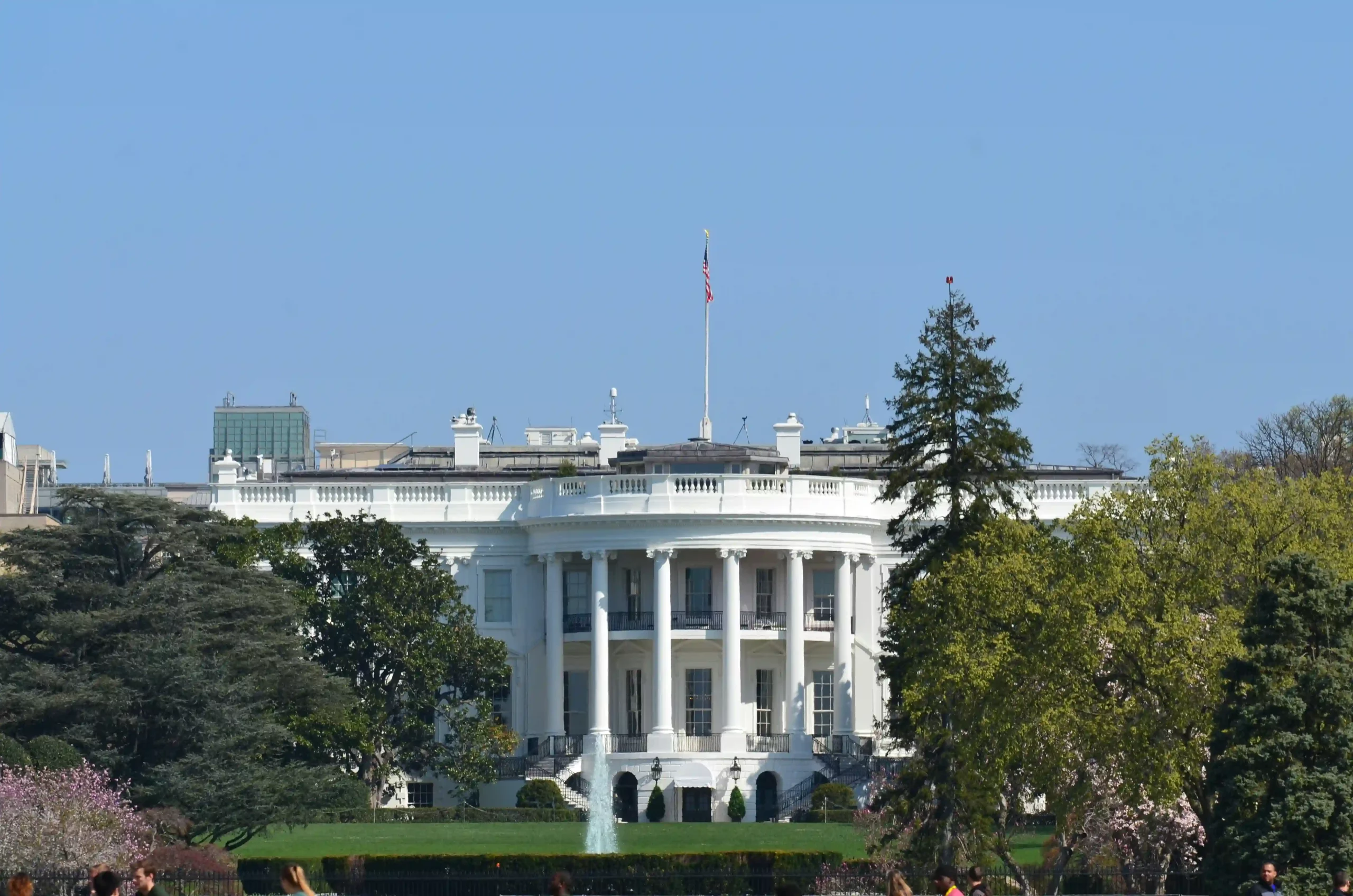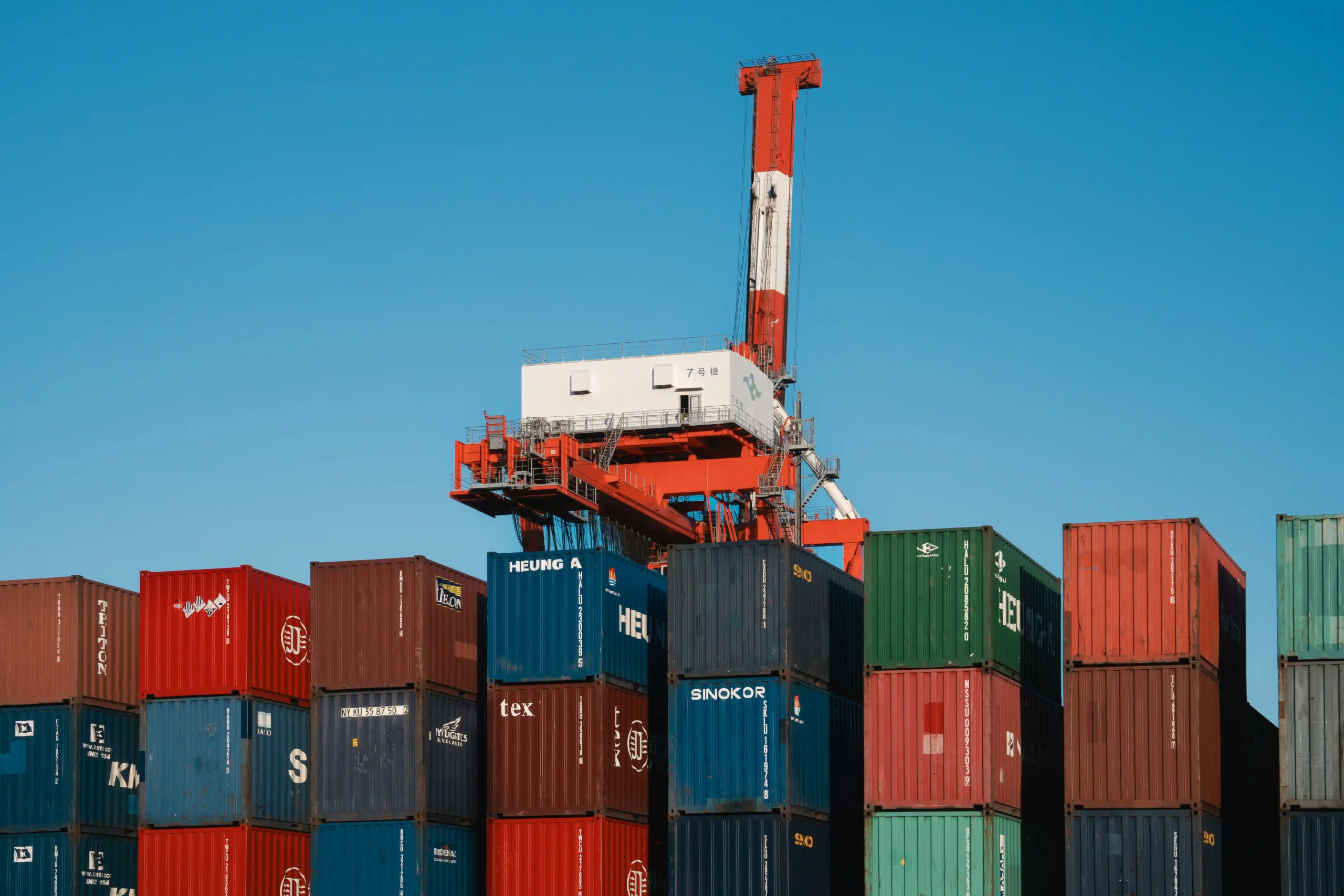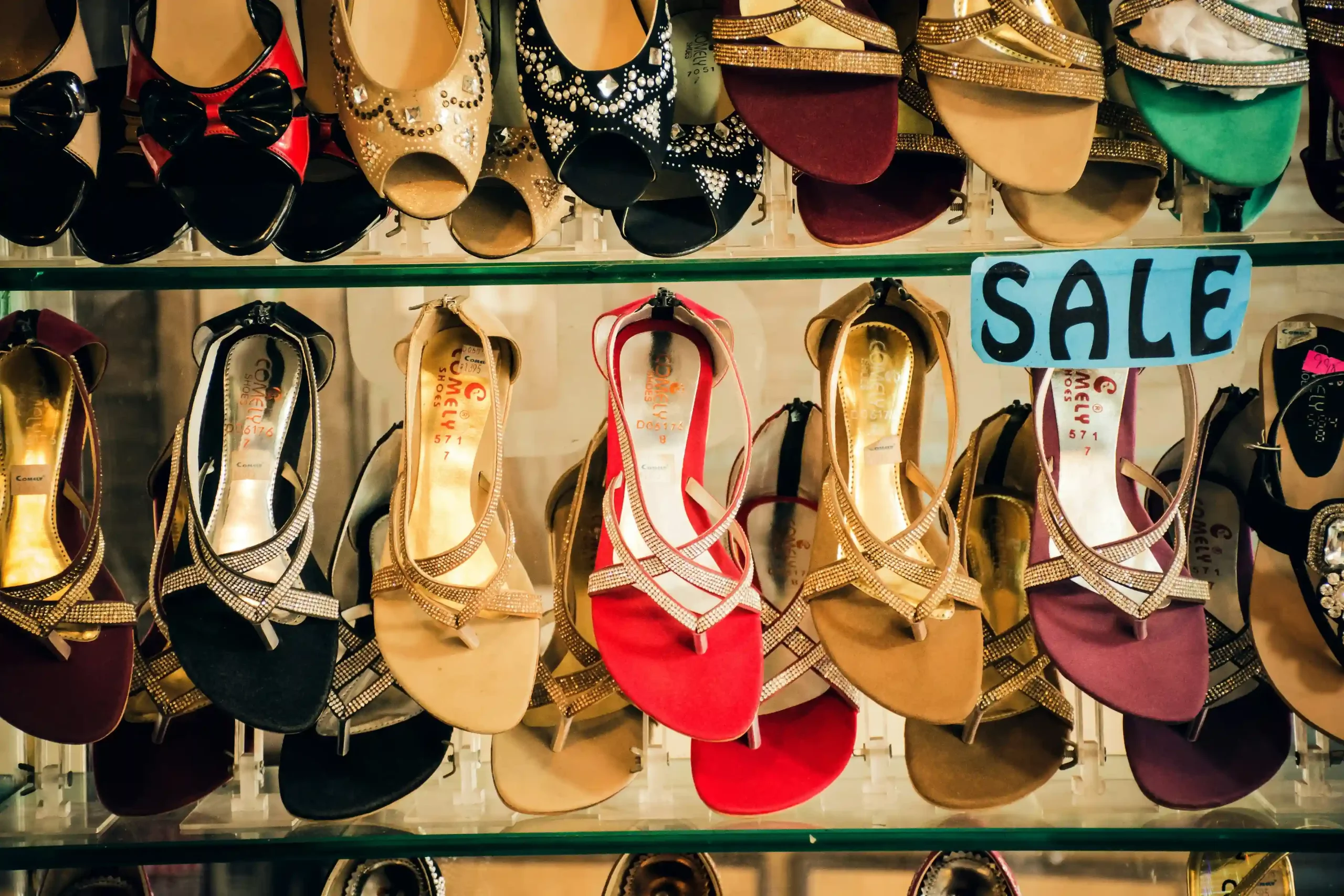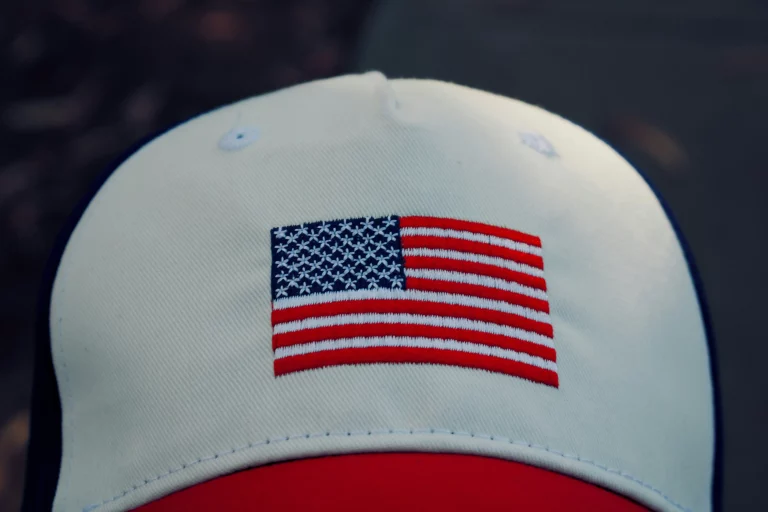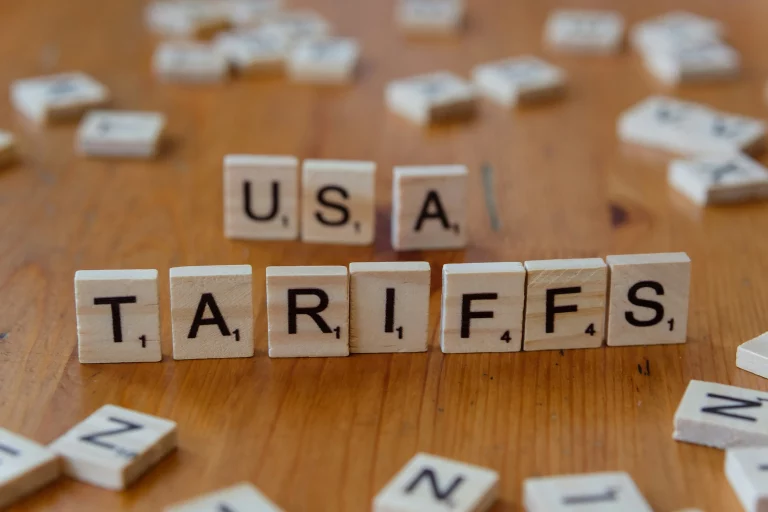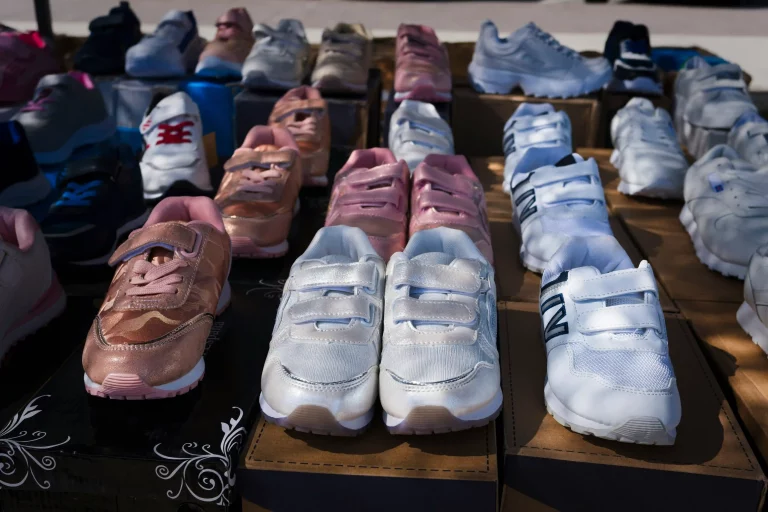In today’s evolving global trade landscape, companies sourcing footwear face a vital question: does it still make sense to bring in shoes from China with US tariffs in place? For decades, China has been the leading center for cost-effective, high-quality shoe production. Yet, with tariffs raising expenses, many are weighing the advantages and drawbacks of continuing to import shoes from China against options like nearshoring. This blog explores the financial impact, evaluates pros and cons, and provides guidance to help you decide wisely for your enterprise.
The Impact of US Tariffs on Importing Shoes from China
US tariffs on Chinese products have transformed the footwear import scene. These duties, ranging from 10% to 25% based on shoe type, directly boost the expense of importing shoes from China. For businesses—whether distributors, retailers, or online vendors—this added cost can disrupt pricing plans and profit margins.
How Do US Tariffs Affect the Cost of Importing Shoes?
Let’s look at an example. A pair of sneakers costs $10 to produce in China. Shipping and handling add $5. That totals $15 before tariffs. A 25% tariff tacks on $2.50 per pair. The final cost rises to $17.50. For 10,000 pairs, that’s an extra $25,000. This increase can strain budgets, especially for firms with slim margins. Businesses must either absorb the cost or raise prices, which may affect their edge in the US market.
The Broader Impact on Your Business
Tariffs do more than raise costs. They make planning harder. Trade policy changes create uncertainty. This can discourage long-term deals with Chinese suppliers. Still, the question persists: do these hurdles outweigh the rewards of sourcing from China?
Cost-Benefit Analysis of Importing Shoes from China
To decide if importing shoes from China remains worthwhile, let’s examine the expenses and advantages under current tariffs.
Costs of Importing from China
- Production Expenses: China’s large-scale operations keep costs low, often $10-$15 per pair for mid-range footwear.
- Transport and Logistics: Costs vary by distance and volume, typically $3-$6 per pair.
- US Tariffs: A 10%-25% fee on production costs, adding $1-$3 per pair.
Benefits of Importing from China
- Affordable Base Costs: Even with tariffs, total expenses often stay lower than other regions.
- Reliable Supply Networks: Years of experience ensure smooth operations.
- Diverse, High-Quality Options: Access a wide array of shoe designsand materials suited to your audience.
Here’s a comparison:
| Cost Component | Without Tariffs | With 25% Tariffs |
| Production Cost | $10 | $10 |
| Transport & Handling | $5 | $5 |
| Tariff | $0 | $2.50 |
| Total Cost per Pair | $15 | $17.50 |
Even with tariffs, costs may beat alternatives when you factor in China’s efficiency.
Is It Still Profitable to Import Shoes from China?
Profit depends on managing tariff costs. Can you absorb the extra expense? Or can you pass it to customers without losing sales? If your market accepts a small price hike, or if you secure better supplier terms, importing from China stays viable. For large orders, savings on production often offset the tariff load.
Alternatives to Importing from China
With tariffs adding pressure, many firms are exploring nearshoring—sourcing from nations closer to the US—or turning to other production hubs. Let’s review these paths.
Nearshoring: Sourcing Closer to Home
Countries like Mexico or Central American nations provide:
- Lower/No Tariffs: Agreements like USMCA often waive duties.
- Cheaper Transport: Proximity reduces shipping costs and delivery times.
- Improved Oversight: Nearby suppliers allow easier shoes quality control.
But production costs may climb, often $12-$18 per pair. Capacity might not rival China’s scale either.
Other Manufacturing Hubs
- Vietnam: A rising footwear exporter with lower tariffs. Base costs run $12-$15 per pair.
- India: Offers competitive prices. Supply networks, though, are less developed.
These options cut tariff exposure. Yet, they may lack China’s range and reliability, creating a balance between cost and capability.
Why China Still Might Be the Best Option
Despite US tariffs, China holds strong appeal for shoe importers. Here’s why:
- Massive Scale: China makes over 10 billion pairs yearly, far surpassing others.
- Consistent Quality: Proven inspection processesensure reliability.
- Trusted Partnerships: Long-term supplier ties streamline sourcing and lower risks.
For businesses needing variety, China’s flexibility shines. Tariffs may hurt, but smart pricing or cost management keeps China competitive.
Introducing Holyale: Your China Shoes Sourcing Partner
Navigating tariffs and import hurdles is simpler with a reliable ally. Holyale, a skilled China shoes sourcing agent and exporter, excels at linking businesses with top producers. Based on their expertise, Holyale offers:
- Procurement Services: Finding affordable, high-quality shoes tailored to your needs.
- Quality Assurance: Thorough checks to meet your standards.
- Supplier Coordination: Negotiating and managing to cut costs and speed delivery.
With Holyale’s help, you can reduce tariff impacts and stay ahead in the US market.
FAQs: Your Questions Answered
Q1. What Are the Current US Tariffs on Shoes Imported from China?
A1. US tariffs on footwear from China differ by type. They typically range from 10% to 25%. Leather shoes often face higher rates than synthetic ones. Check specific HS codes for precision.
Q2. How Do US Tariffs Affect the Cost of Importing Shoes from China?
A2. Tariffs raise the final cost. They add a percentage fee to the production price. For a $10 shoe, a 25% tariff adds $2.50. This increases expenses. It may reduce profits or push retail prices up.
Q3. Is Nearshoring a Better Option Than Importing Shoes from China?
A3. Nearshoring can save on transport and avoid tariffs. But it often brings higher production costs. Supplier options may be limited too. It suits businesses valuing speed over scale.
Q4. Why Do Some Businesses Still Import Shoes from China Despite Tariffs?
A4. China offers low production costs. Its vast capacity and reliable networks help too. These strengths often balance out tariff costs. Businesses focused on volume and variety prefer it.
Take the Next Step with Holyale
US tariffs have made importing shoes from China trickier. But with the right approach—and partner—your business can succeed. Whether you stick with China or try new options, Holyale’s expertise can guide you. Reach out today. Let’s discuss your sourcing needs. Discover how we can keep you competitive in a tariff-driven world.

